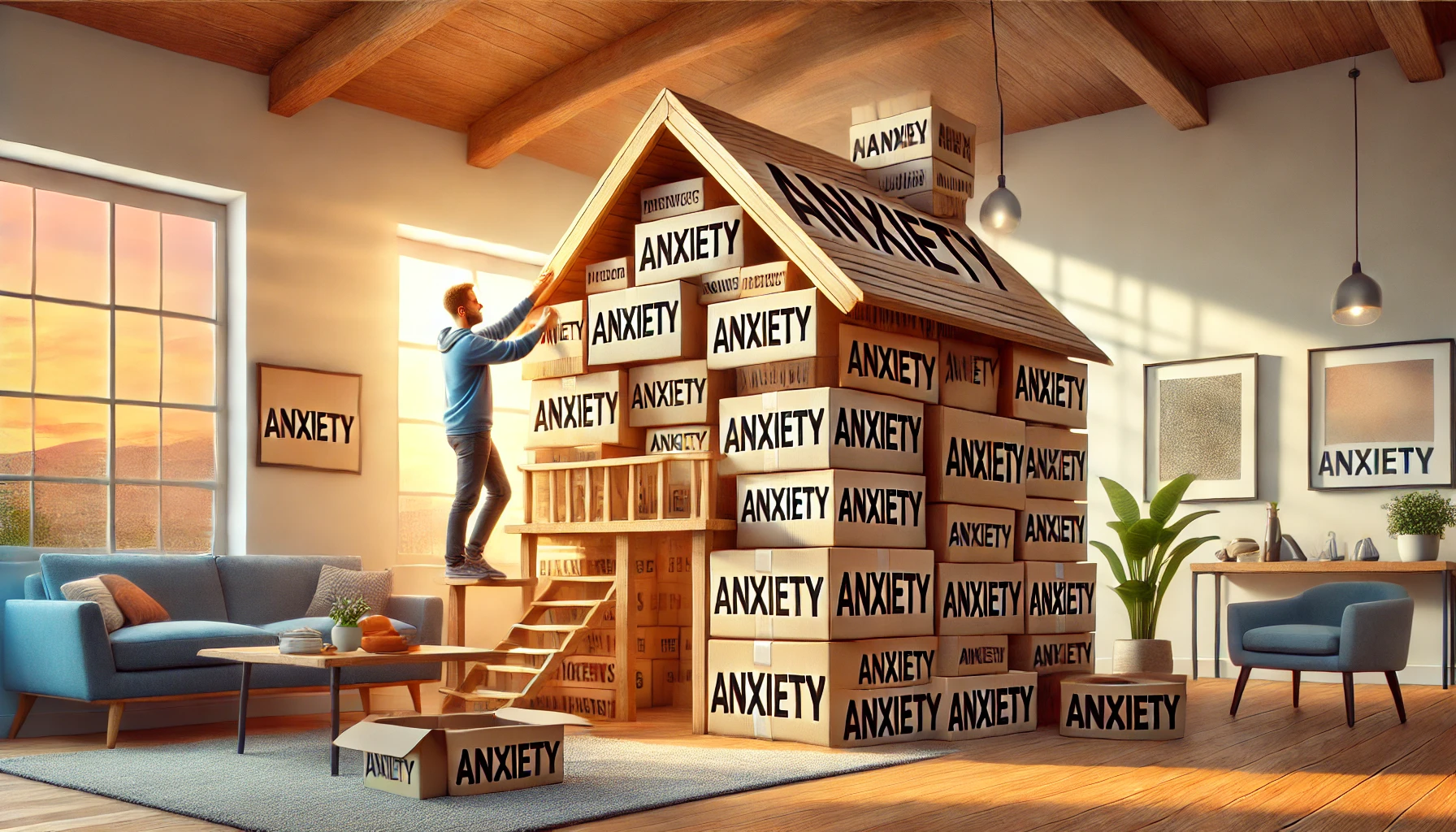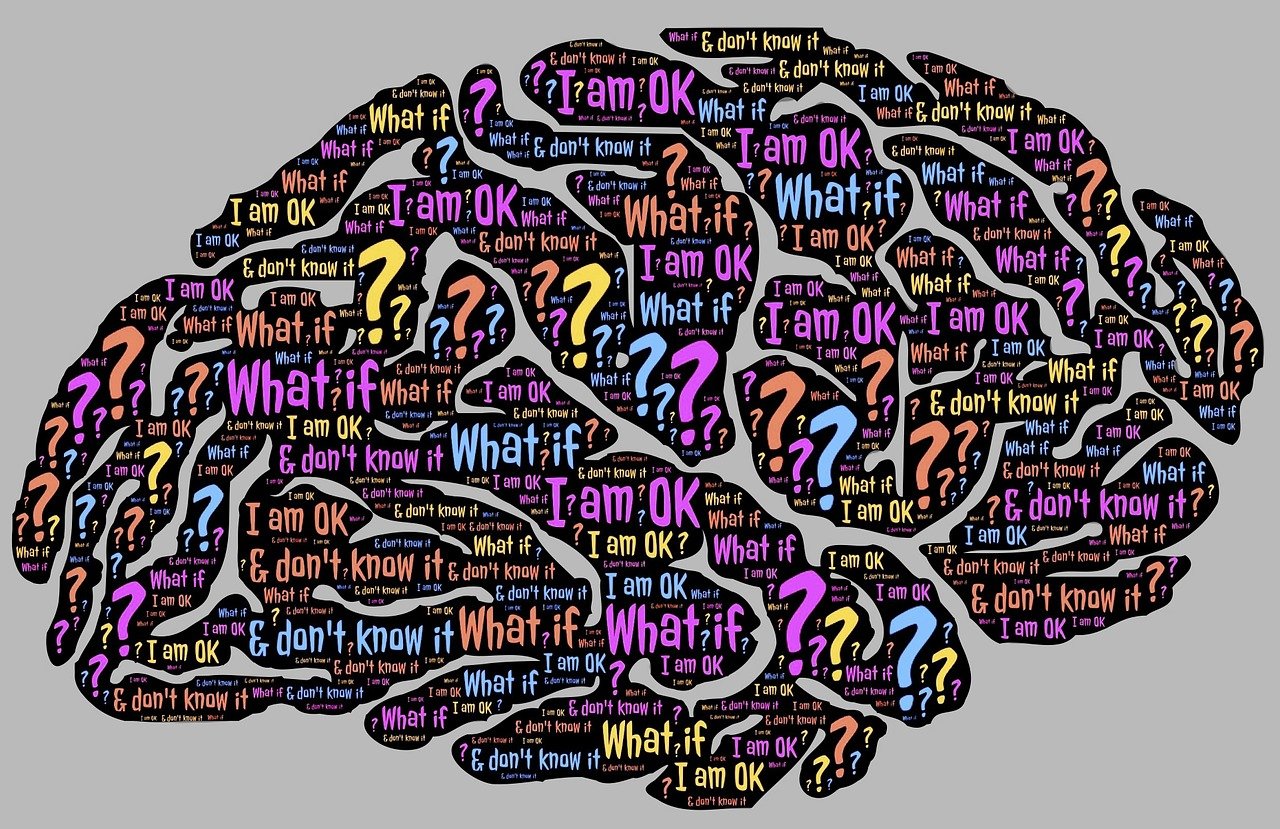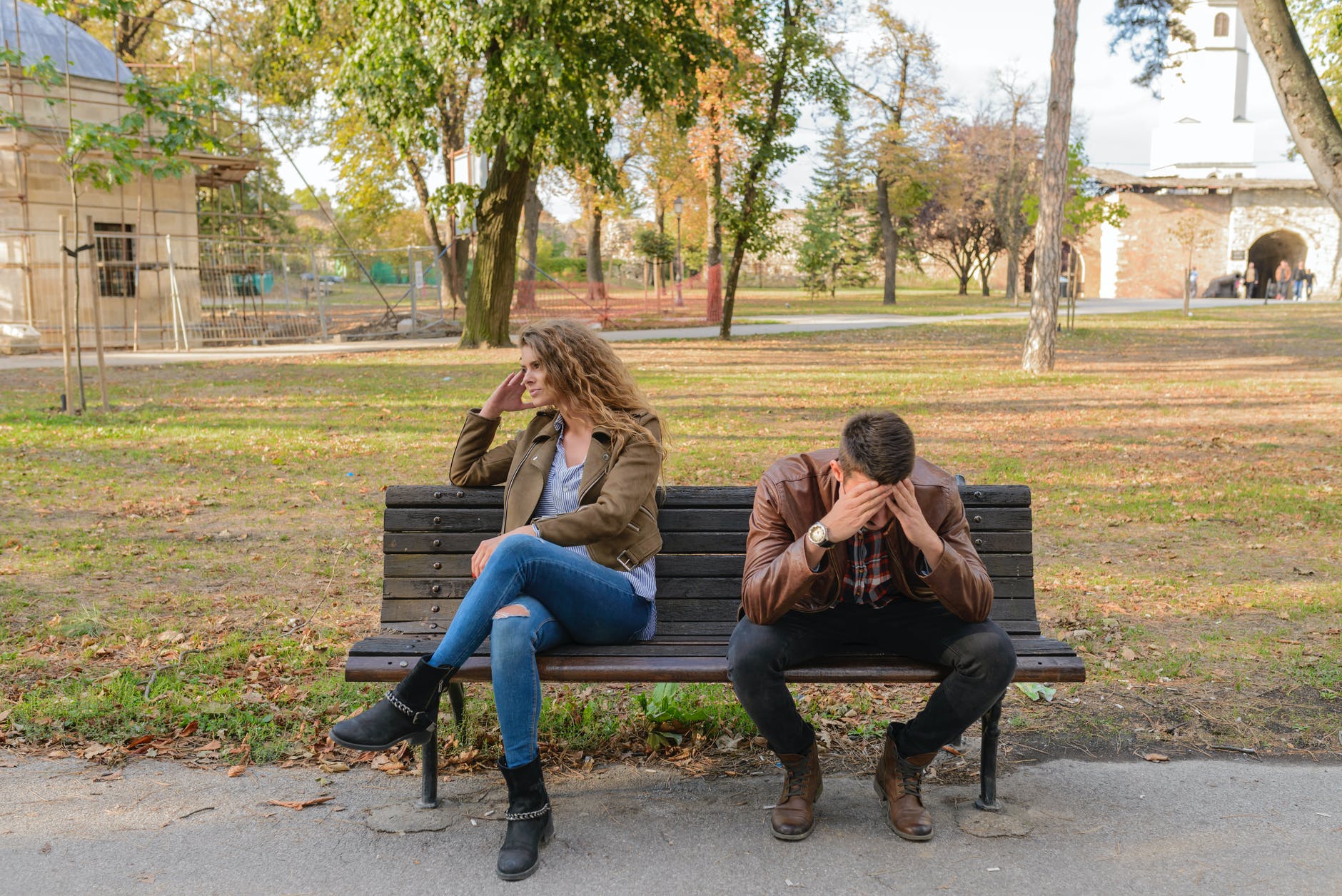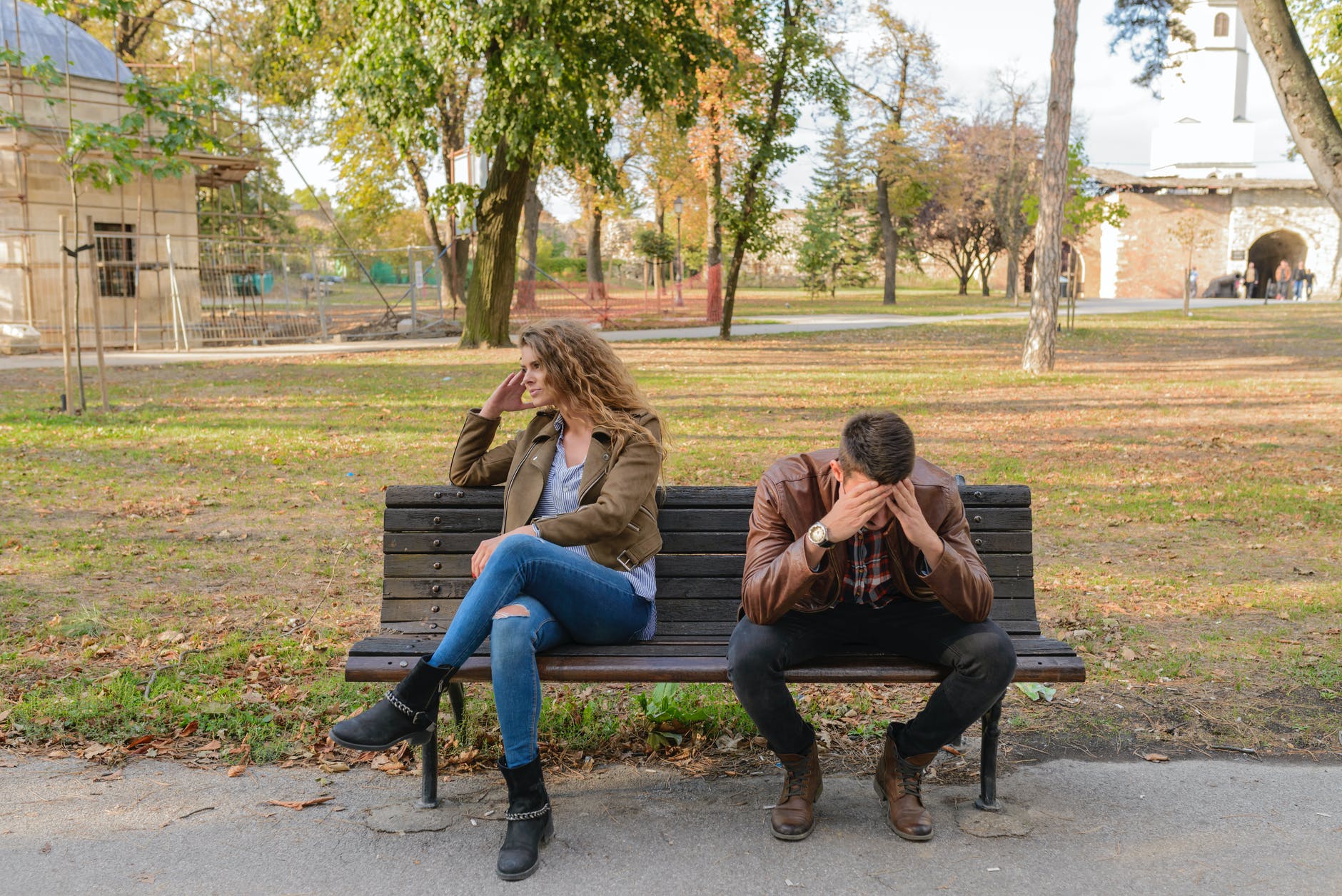
Can anxiety be “bound”?
YES. And anxiety binding has positive and negative aspects to it.
Dr. Kerr wrote a lot about anxiety binding behaviour. He is the author of Family Evaluation, one of the original “source materials” on Bowen Family Systems. The system’s idea that a behaviour can bind anxiety is important when trying to improve one’s functioning.
The concept of binding anxiety supports the premise that dealing with anxiety is a major driver of behaviour in animals. For example, rats exhibit many behaviours in response to being stressed and or anxious. There are physical behaviours like chewing on sticks or over / under grooming. Social behaviors include distancing from other rats. If the a rat is anxious enough, all of these might occur. Humans, with our bigger brains human can be more inventive.
Anxiety binding can lead to symptoms
The importance of this concept lies in the symptoms it can create in individuals and in their family system. Anxiety binding can manifest in many forms of behaviour. Some are positive, like exercising, or getting good grades, or being very productive at work. Other forms are not healthy like drinking, over or under eating, excessive fantasying or focus on a topic. Worrying about something I can’t do anything about would be another example. Even positive behaviours can lead to negative outcomes when they are driven by anxiety and not thoughtful goal setting. Obsessing about fitness or ignoring friendships to get perfect grades are examples of this.
Binding anxiety doesn’t address the source of anxiety
Anxiety binding behaviours are the outward signs of an underlying emotional process. Anxiety binding is like taking a painkiller to relieve pain while not fixing the underlying cause of the pain. At best, anxiety binding is a soothing, distracting behaviour. But it can be far more insidious than this because individuals are often not aware of what is driving the anxiety binding behaviour. For example, the need to prove oneself to others could lead to excessive time at work. Or it could show up as focusing on competing in a sport, to the detriment of other areas of life. Dr Kerr posits that even psychosis can be an extreme form of anxiety binding. More on this later.
“To fully understand the concept of anxiety binding, one needs to maintain a systems perspective.”
Relationships as a source of anxiety
The emotional process of a relationship can generate various levels of tension or discomfort. This is because individuals are very sensitive to the level of agreement in a relationship. Most individuals can sense the level of agreement just from a facial expression, a tone of voice, the cadence of speech, a look, or a gesture. Individuals avoid conflicts or disagreements in relationships. They want approval and acceptance, and depending on their level of differentiation will do pretty much anything to get it. This is where anxiety comes in and the binding starts.
Emotional process leads to anxiety binding
We have come by this anxiety binding process honestly. In eons past, if a member of your group of started displaying signs of stress or anxiety, it would have been important for you to notice. Whatever was bothering them could have been coming at you next. It’s adaptive to respond to another’s distress or we wouldn’t have developed to be so sensitive to others.
Let’s say you grew up in a family that had a lot of conflict. You might be extra sensitive to “keeping the peace” in your current family, having vowed to not have it be like it was in your family of origin. The result is a base level of anxiousness about any type of disagreement in your family. It’s like you are extra vigilant, but you aren’t even aware of it. This chronic anxiety could manifest in automatic, non-conscious behaviour to please others. You are over helpful and over attentive to the needs of others. This behaviour binds the anxiety related to “watch out for conflict” that you picked up in your family of origin.
A second level of anxiety binding
But this orientation to always be helpful and pleasing to others can create its own stress as well. And this also needs to be “soothed” or bound. For example, you may have found over the years that a drink or two helps take the edge off in social situations. Or maybe you feel better getting to work extra early to get ahead of the day. Or perhaps it shows up as always being helpful to your children. Whether or not they need or want it. A sense of comfort from the vigilance and effort related to your orientation to please others drives these behaviours. The challenge is that this is automatic, non-conscious behaviour unless we really start to pay attention to what is going on.
Changes disrupt the binding
The anxiety of unresolved issues in a relationship can be bound with a focus on one’s children or career. This could also stem from the need to be successful at work or as a parent to win the approval of others, especially one’s partner. The result is an over-weighted mental / emotional investment in that area. So where does this anxiety go when that binder isn’t available? Children leaving home can leave anxiety “unbound”. So can retirement – all the investment in work now has to go some place, but where does it go? An overhelpfulness with grandkids can just be a replacement anxiety binder. If work ended up creating a level of distance in a relationship, retirement can be a problem.
Dr Kerr put it like this: “While several factors contributed to the increase in anxiety, a very important factor was that the mechanism of binding anxiety through emotional distance (reinforced by physical distance) was less available to the couple following retirement.”
Beliefs can be binding
Dr. Kerr also wrote that “beliefs are an especially important anxiety binder”. If one belief is easier or more comfortable to live with than an alternate belief, it could be an anxiety binder. We all do this. For example, I want to believe we will figure out a way to deal with climate change issues. Not believing is just something I do not want to deal with. It’s too hard. BUT, to the degree I refuse to entertain factual information about climate change, because it’s too uncomfortable, this will distort my thinking and behaviour. I’ll be adapting to avoid discomfort. I could go so far as to believing conspiracies about climate issues. As Kerr wrote, “Psychotic level thought processes are an exaggeration of this lack of discrimination between fact and fantasy that exists in all of us. Psychotic level thought processes can be powerful anxiety binders.”
Defining self gets to the root
The alternate approach to binding anxiety is to work at defining self more. This is the path to reducing the anxiety that needs to be bound. Using the climate change issue, for example, I work to stay informed about trends in technology and the effects of climate change. I take the approach of: this is what is, what do I want to do about it? This involves thinking about what am I willing to do, and what am I not willing to do. This is a big issue that involves a lot of thinking about what is a responsible way to live regarding climate change.
This process of defining self is not about denial or giving up. It’s about thoughtfully engaging the issue and deciding what I think a mature, responsible way to act would be. It helps with any issue, since how I think and respond to an issue is critical to the outcome.
It’s difficult. But living in denial or as a helpless victim around any issue isn’t easy either. Especially in the longer term. And if you are using relationships to bind the resulting anxiety, well, something is likely to suffer. The anxiety binder of over involvement with one’s child can negatively affect the child’s development.
It’s worth the effort
Another belief for me is that the more I work on my level of differentiation, the better I’ll be for myself, others, and the planet. This means I try not to avoid what makes me anxious. I try to understand what, when, where, how, how much is affecting my level of discomfort or tension. I work to see my part and I work to change that.
This has been slow work for me. So don’t get stressed 0ut looking for anxiety binding or you might end with more to bind!
Thank you for your interest in systems.
Dave Galloway
Email questions to dave.galloway@livingsystems.ca.
Dr. Kerr’s book, co-authored with Dr. Bowen, Family Evaluation, was the source of the ideas for this post.
You can read more about Dr. Kerr’s work here
To read more about Bowen theory, click here.
I wrote this blog. Dall-E created the image from my prompts.






